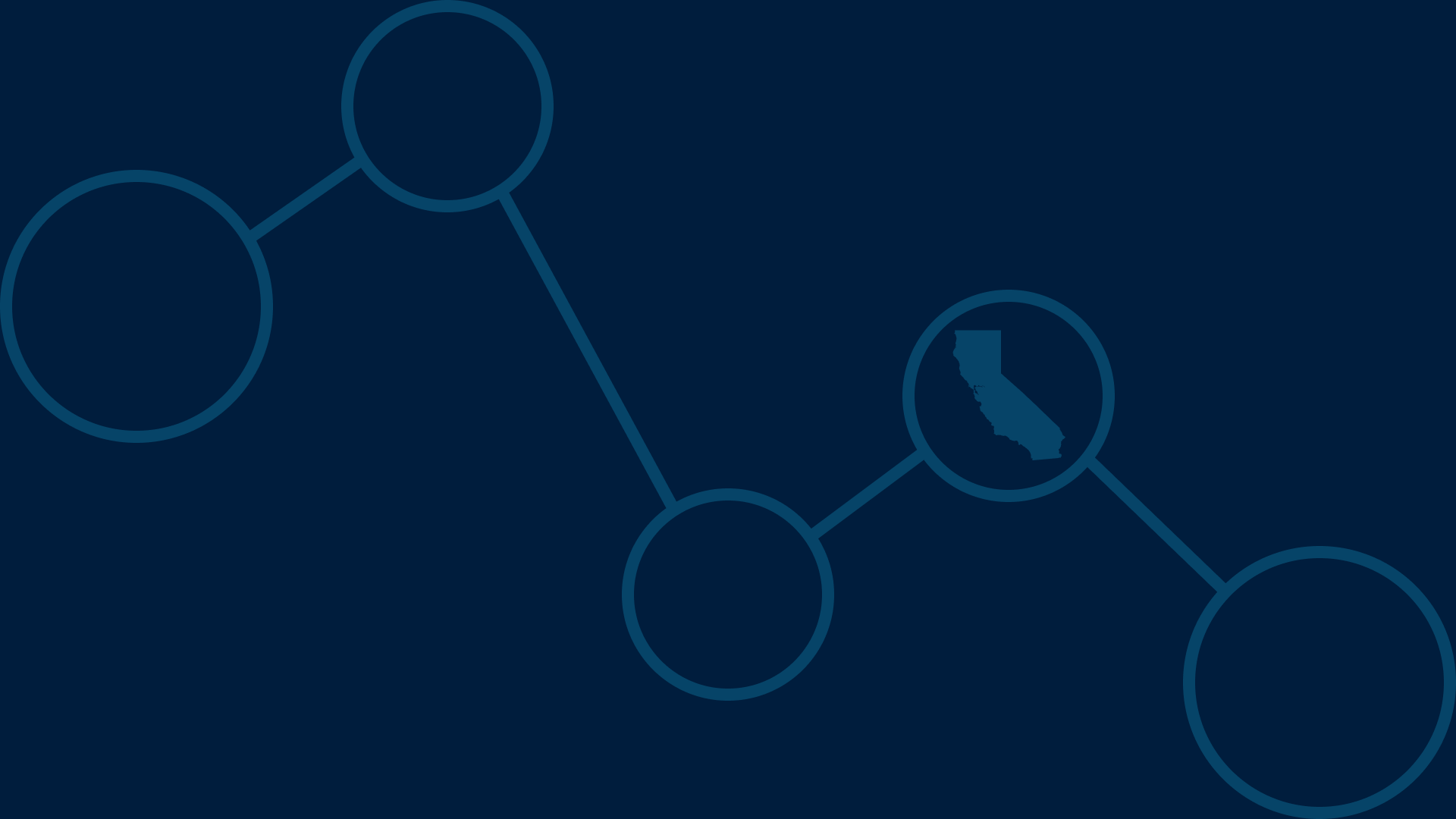
Public Health Institute (PHI) Request for Applications (RFA)
Reducing Overdose Deaths in California through Prevention, Treatment and Harm Reduction Strategies led by Multi-Sector Coalitions
Response due by December 6, 2024. Applications open October 22, 2024.
The California Overdose Prevention Network (COPN), based at the PHI Center for Health Leadership and Impact (CHLI), is pleased to release this Request for Applications (RFA) funded by the California Department of Health Care Services (DHCS). The RFA will support local overdose prevention coalitions to reduce overdose deaths from illicitly manufactured fentanyl and other drugs through implementation of overdose prevention, treatment and harm reduction strategies.
Funding Overview
Funding Source
Funding originates from the California State Opioid Response (SOR) IV grant awarded to the California Department of Health Care Services (DHCS) from the Substance Abuse and Mental Health Services Administration (SAMHSA). The Public Health Institute (PHI), on behalf of the PHI Center for Health Leadership and Impact (CHLI) which operates the California Overdose Prevention Network (COPN), serves as an administrative entity on behalf of DHCS.
Funding Amount
Coalitions must apply to one of two funding tiers. All awarded coalitions must include the three required objectives in their workplan. Tier 1 awards are $45k/year for coalitions that include two additional objectives in their workplan (five objectives total). Tier 2 awards are $75k/year for coalitions that include a minimum of four additional objectives in their workplan (seven to nine objectives total).
Funding Eligibility
Public and non-profit organizations representing a local or regional overdose prevention coalition in California are eligible to apply. Applicants must include supporting documentation within their application to verify the structure and multi-sector configuration of their coalition.
Agreement Period
Agreements will be initiated with funded entities in January 2025. The agreement period will be backdated to January 1, 2025, and end August 30, 2027 (32-months). Funding will be pro-rated for 8 months in year 3 of the agreement.
Agreement Type
The Public Health Institute (PHI) will issue a fixed-price, deliverables-based subaward to successful applicants identified from this RFA process.
Payment Structure
The total award will be divided into quarterly payments. The final payment will be prorated to two months. Funded entities will submit quarterly progress reports and invoices designating successful completion of workplan activities, deliverables, progress reports, and participation in monthly learning group calls. Invoices will be due 15 days after the end of the quarterly project period.
Workplan
Applicants must upload a workplan using the template provided in the RFA.
Required Objectives
Expand overdose prevention education, awareness and/or stigma reduction
Improve access to medication assisted treatment (MAT) and recovery services
Increase availability of harm reduction resources and services
Optional Objectives
To receive $45,000/year select two (2) and to receive $75,000/year select at least four (4)
Leverage partnership with an aligned state-funded initiative (e.g. ED and EMS Bridge, Youth Opioid Response, Tribal MAT, Hub and Spoke, MAT in jails and drug courts, UNSHAME Anti-Stigma Campaign, MAT Access Points, Young People in Recovery, California Overdose Prevention and Harm Reduction Initiative (COPHRI)
Implement prevention, treatment and/or harm reduction strategies with youth across the lifespan.
Integrate local strategies and services to address polysubstance use (e.g., illicitly manufactured fentanyl, stimulants, prescription opioids, heroin).
Increase outreach and overdose prevention interventions with a high-risk population (e.g., justice-involved, people who are unhoused, pregnant, veterans, older adults, youth).
Integrate prevention, treatment and/or harm reduction strategies with local behavioral health services.
Address the intersection of overdose prevention with the social determinants of health (e.g., housing, transportation, employment, and/or education).
Subaward Statement of Objectives
Workplan with specific objectives, performance measures, activities and deliverables.
Participation from 1-2 representatives attend monthly learning group calls led by the COPN Impact Coach. These 1-hour calls provide a robust peer learning opportunity.
Submission of quarterly reports to outline progress on each objective and submission of deliverables listed in the workplan.
Reporting Requirements
Funded coalitions will be required to submit:
Quarterly reports and documentation for stated deliverables using an online reporting form. Additional quantitative data will include performance data for each objective (applicants will list 1-2 performance measures per objective)
Data used for external evaluation purposes including the number of naloxone doses and fentanyl test strips distributed, and the number of prevention education events and trainings delivered, including the number of attendees and their professional sector.
Application Timeline
Information Session: October 22, 2024
Application open: October 22, 2024
Response deadline: December 6, 2024
Notification of funding: Week of January 13, 2025
Agreement start date: January 1, 2025
Agreement end date: August 30, 2027
Selection Process
A minimum of two people from the review committee will review each application. The committee is made up of staff from the COPN team at CHLI and representatives from the California Department of Health Care Services (DHCS). They will carefully review and score each application based on completion and quality. After review, selected applicants may receive feedback and be asked to resubmit portions of their application, including their workplan, before awards can be finalized.
